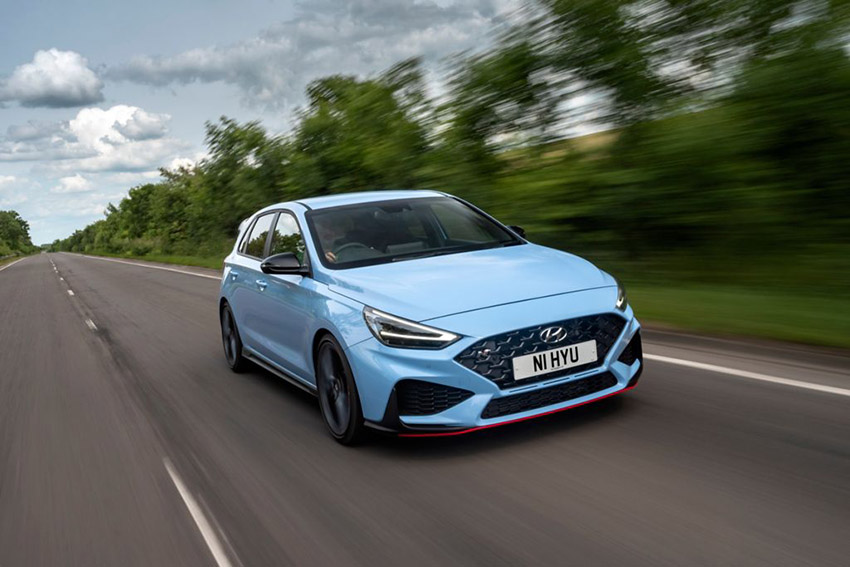The Hyundai i30N is the underestimated gem of the hot hatch crowd, but it’ll more than hold its own against the usual suspects, especially when tuning is involved. We speak to expert tuners to give you the lowdown in this i30N tuning guide.
The Hyundai i30N uses a 2.0-litre, 16v turbo G4KH Theta engine, which comes with either 250bhp in the N, or 271bhp in the N Performance. The block itself is essentially the same unit as found in the Mitsubishi Evo X, but has been strengthened by being of a closed deck design, which means it’s also a great base for tuning. We spoke to Courtenay Sport on how best to extract power from the Hyundai i30N.
Hyundai i30N engine tuning
First up for Hyundai i30N tuning is an option for those not wanting to get their hands dirty, and that’s a remap. A stage one map is a simple plug and play affair that boosts power to around 305bhp and 332lb ft. But if that’s not enough for you, then there are hardware upgrades you can make too. The stock inlet is superb, featuring big bore pipe work and a cone filter in the stock airbox, so gains in this area are hard won, with an induction kit making more of an aural improvement that any noticeable power increase. To this end, a simple uprated filter for the stock air box is recommended, which allows you to save your money for the exhaust system.
Exhaust and cooling upgrades for the Hyundai i30N
The OEM exhaust is a roarty unit with pop and bangs aplenty, but it is quite restrictive, especially in the flexipipe. As a result, a bigger bore replacement here does reap around 10bhp alone. Combine this with a GPF delete or cat-back exhaust system from the likes of Milltek and you get a nice torque gain low down, plus an even better aural experience.
An uprated tube and fin intercooler from Wagner will also be worthwhile, as it flows better and has improved cooling properties, allowing more boost to be run. Combine these with a stage two map and you’ll be seeing around 325bhp and 350lb ft. Finally, any more will require a hybrid turbo and uprated fuel pump, but combined with a stage three map, outputs of up to 400bhp and 385lb ft are to be expected, making for a seriously rapid hot hatch.
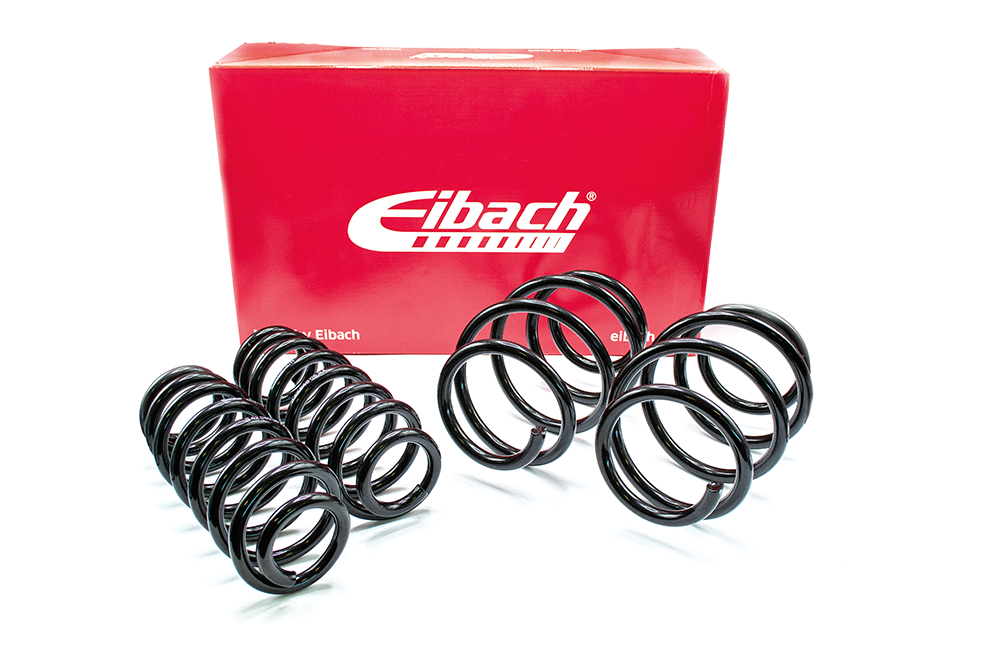
Hyundai i30N suspension tuning
The stock suspension is a properly sorted set up, with an excellent e-differential and electronic damper control via the steering wheel modes. If you want to retain this functionality, then simple lowering spring kits are available from Eibach and ST, but the ride does tend to suffer. A better, if pricier, option would be to upgrade to a full coilover system from the likes of KW. Their V3 kit with damper cancellation offers an excellent choice for lowered road driving, with superb handling and ride comfort, but you do lose the ability to adjust the damper settings from the driver’s seat. For those who want a more hardcore option or that want to do a lot of track work, the KW Clubsport kit is what Courtenay Sport recommends, along with adjustable camber bolts from Powerflex.
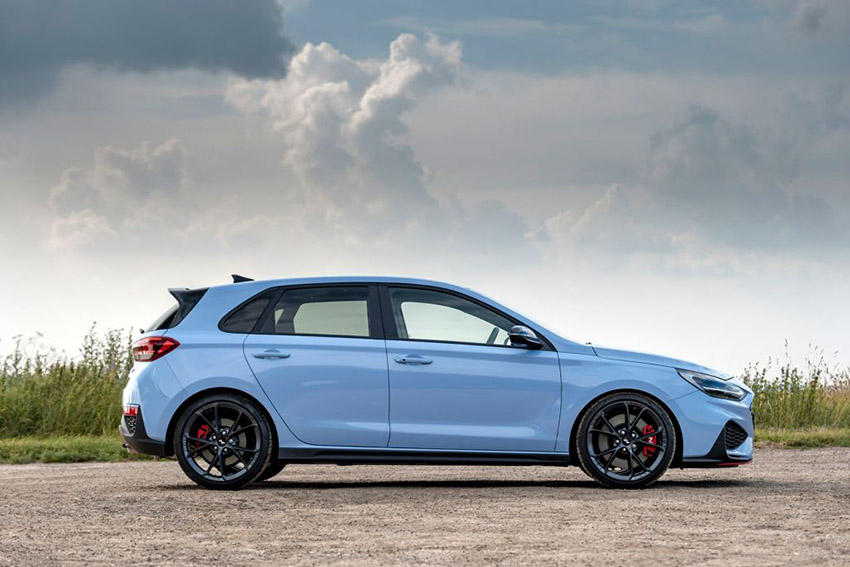
Brakes
Unlike many other hot hatches, the i30N doesn’t use a swanky Brembo setup or similar and just makes do with its own braking system, lifted from a heavier model in the range. But far from a poor option, the stock brakes are immense, with excellent feel that gives plenty of confidence and power. Due to this, it’s worth limiting upgrades to a set of uprated brake pads from EBC for the road or some Pagid RS29s for the track, with a set of Tarox S2000 two piece discs a good option simply due to their lighter weight. Teamed up with some Goodridge braided hoses and your brake setup will be stunning!
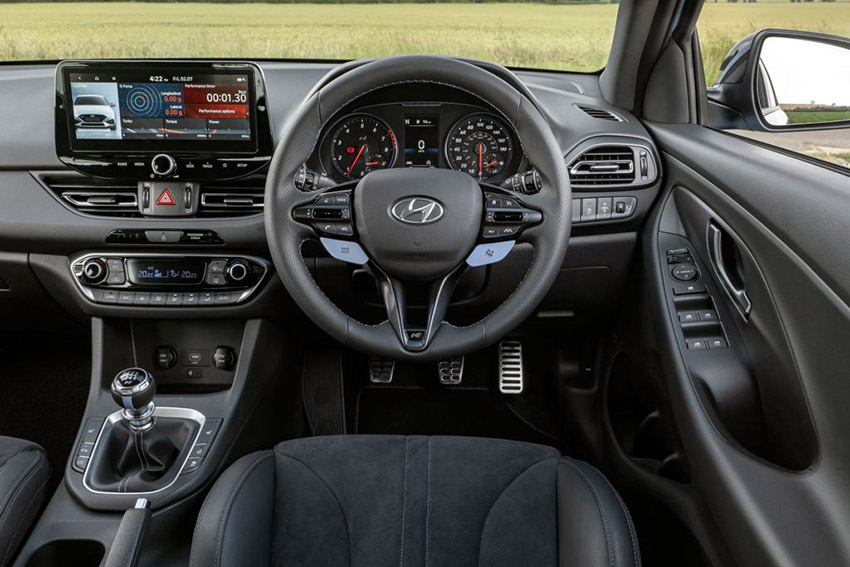
Interior upgrades
The i30N’s interior is simple and stylish with supportive sports seats, a multifunction steering wheel and a multimedia screen dominating the center of the dash. To be honest, there’s not a lot we’d change, but if you were looking to track your Hyundai, then Recaro do their excellent Pole Position bucket seats with i30N specific mounts. It’s not recommended to fit an aftermarket steering wheel, as you would lose too much functionality, but you could always get the stock wheel customized with wither a flat bottom, some carbon-fiber, or retrimmed to your taste.
If you want more performance and not bothered about some of the practicality, then your i30N would benefit from losing a few pounds. Thinner bucket seats, removal of the rear seats and some plastic trim will certainly help reduce its overall mass and in turn imrpove acceleration and cornering performance.
Styling upgrades for the Hyundai i30N
When it comes to styling the i30N, you’re pretty much limited to low-line kits including splitters, side skirts and diffusers from either Maxton Design or Zaero Design. That’s no bad thing, as these make just enough impact to help the car stand out. Wheel wise, the N comes with 18in wheels from the factory, while the N Performance has 19in, so either size will fit no problem. Just ensure to select a lightweight option if you want to retain the car’s excellent handling, and it’s said that an 18in wheel with a quality 235/40/18 is the sweet spot for performance and ride, although the 19inchers definitely win in the looks department.
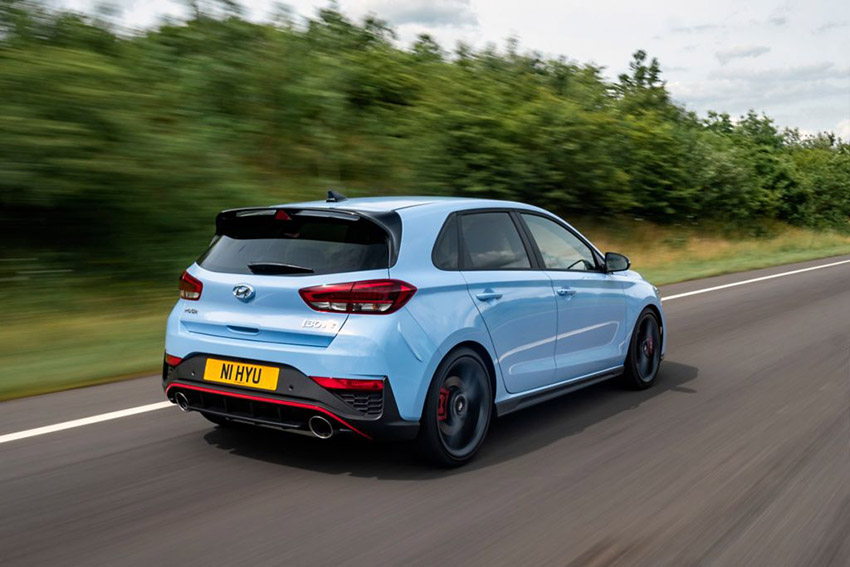
Hyundai i30N tuning conclusion
It may lack the kudos and brand heritage of the likes of Honda’s Civic Type R, VW’s Golf GTI or RenaultSport and Ford’s Focus RS monikers, but the Hyundai i30N relies on much more than its badge and is a better car as a result.
In stock form it’s a belter, but with the potential to add 50% more power into the mix, plus make the already excellent handling and braking more focused and potent and you’ve got a seriously impressive hot hatch for very reasonable money. So if you want to fly fast and under the radar, or you’re just not that bothered about the badge, you can pick up one of the finest hot hatches around for not much money.
Looking to buy one? Be sure to check out our Hyundai i30N buying guide.

